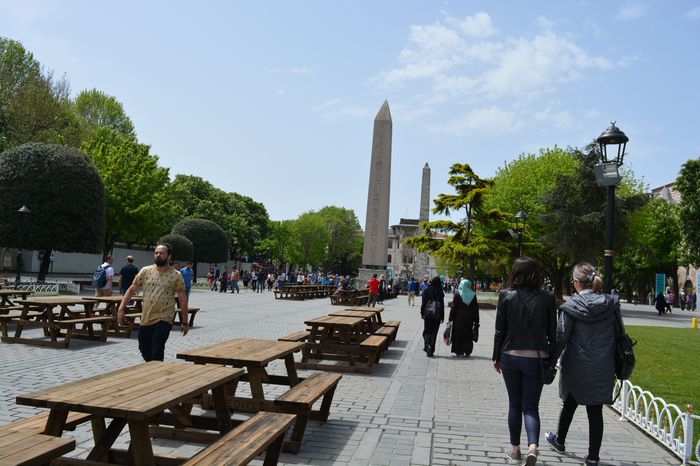Absence of Resistance in Perustitza’s Church
Perustitza’s tragic tale takes a critical turn as the examination of the fortified church reveals a startling lack of defensive measures. The absence of fired shots and the peculiar architectural features of the church raise questions about the villagers’ intent to resist the impending assault. This chapter in the narrative challenges preconceptions and invites a closer scrutiny of the villagers’ choices during this dire confrontation.
The church, a symbol of potential defense, had only two windows from which shots might have been fired. These round windows, high on the gable ends of the building, held the key to any potential resistance. However, investigations revealed that no scaffolding had been erected to enable firing from these openings. The absence of any evidence suggesting shots were fired from the church prompts a reevaluation of the villagers’ commitment to resistance.
The peculiarities of the church’s design, typical of Bulgarian churches, added to the enigma. The low structure with a floor sunk below ground level presented limited options for effective defense. The failure to utilize the few available firing positions, combined with the decision to abandon a more defensible location, paints a complex picture. The villagers’ relocation to a less fortified position raises doubts about their resolve to resist the impending assault Balkan Tours.
Coercion and Allegations The Unfounded Insistence on Resistance
As the investigation unfolded, Mr. Guarracino sought to bolster the narrative of resistance by attempting to extract specific accounts from the villagers. Allegations surfaced that Aziz Pacha had sent a summons to surrender, a claim vehemently denied by the villagers. The absence of corroborating evidence led Mr. Guarracino to resort to intimidation tactics, labeling the villagers as insurgents and placing blame squarely on their shoulders.
The Armenian girl’s testimony further complicates the narrative. She reveals that the majority of the men fled the church and sought refuge outside, leaving behind only a small contingent with the women and children. This mass exodus provides compelling evidence that the intention to resist the regular troops was virtually non-existent. The flight of the men, a significant portion of the village’s potential defense, underscores the abandonment of any genuine resistance.
The coercion, allegations, and attempts to shape the narrative notwithstanding, the facts on the ground tell a different story. The villagers, faced with the impending onslaught, chose not to resist but to seek shelter in a place ill-suited for defense. The changing dynamics of the conflict beg a crucial question: What were the true intentions of Aziz Pacha and the villagers as they found themselves embroiled in a tragic confrontation?
In unraveling the layers of Perustitza’s narrative, the absence of fired shots from the fortified church, coupled with the villagers’ flight to a less defensible position, challenges preconceptions about the nature of the conflict. It urges a deeper exploration into the motivations and actions of both the aggressors and the aggrieved, unraveling a complex web of decisions that shaped the tragic events in Perustitza.


